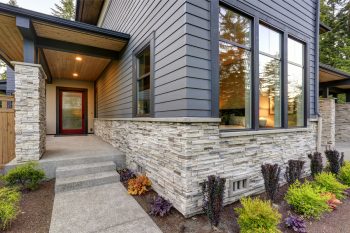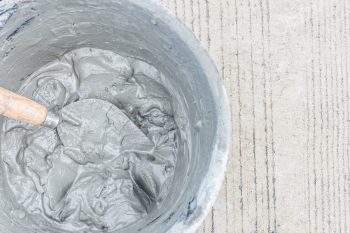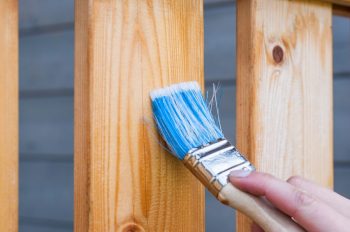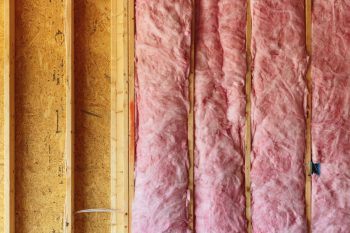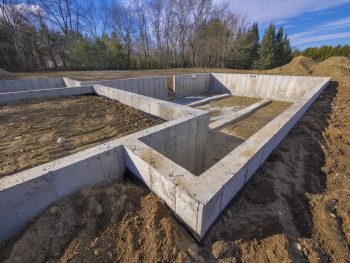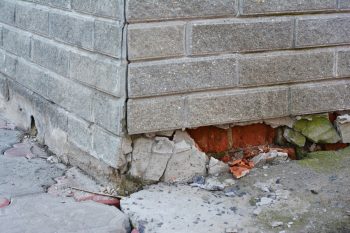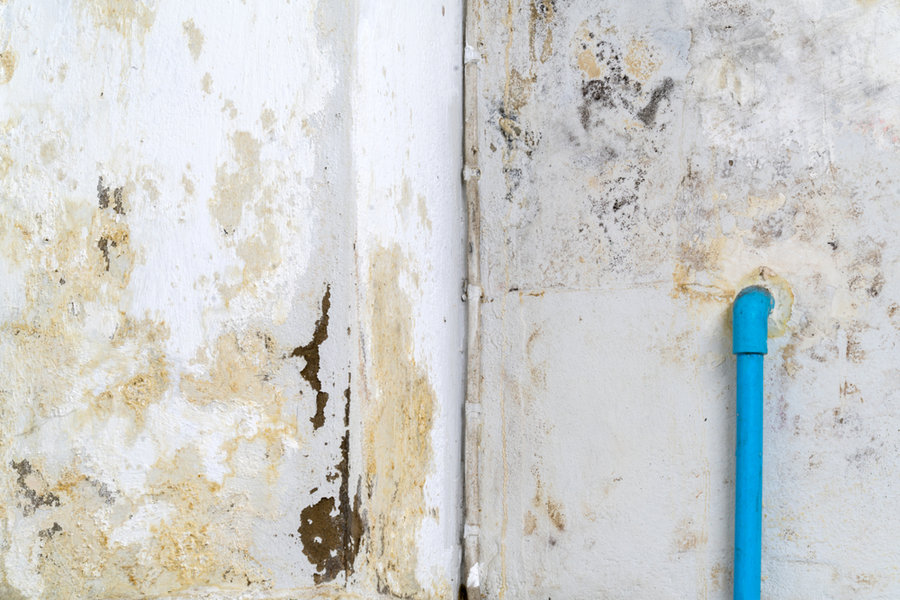
Water in your basement can be alarming and is just cause for concern. Solving this issue is a priority, but you might not know where to start.
There are five common reasons for water seepage and leaking in the basement.
- Damaged or clogged gutters, downspouts, and window wells.
- Poor grading.
- Interior water leaks.
- Foundation cracks.
- Malfunctioning sump pump.
All of these can be easily tested, but some are more costly to fix than others.
Below you’ll find your complete guide for troubleshooting basement seepage and leaks. I will also include how to fix common problems.
5 Reasons for Water in Your Basement
This list will go from the easiest fix to the most difficult fix. I highly suggest ruling the easier fixes out first.
1. Damaged or Clogged Gutters, Downspouts, and Window Wells
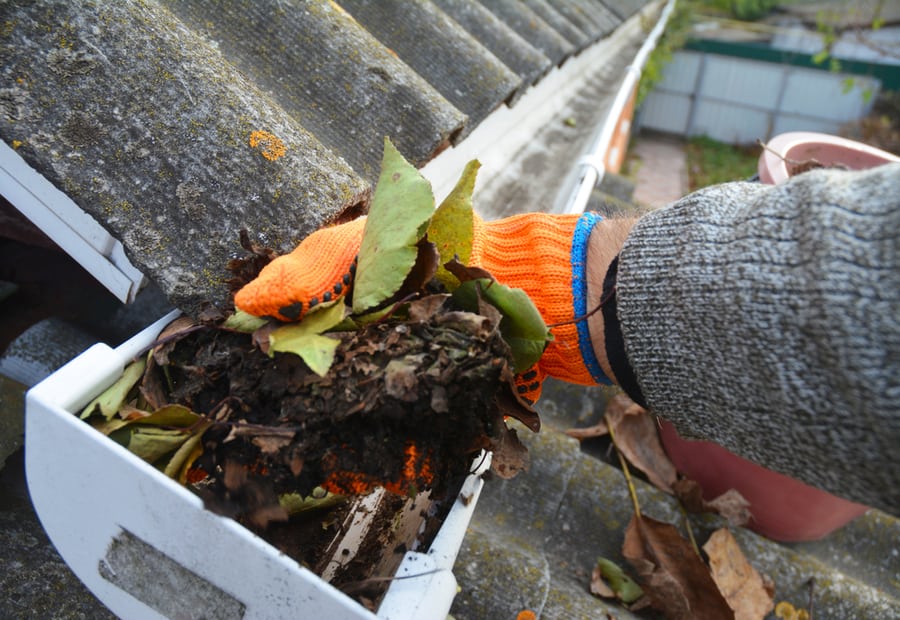
The easiest cause of basement water to rule out is a problem with the window wells, downspouts, and gutters. These systems direct water from the roof away from your home; if they are damaged, that water can end up in your basement instead.
Examine each of these structures for cracks, clogs, etc., and remedy them. To prevent reoccurrence, inspect these systems each Spring once the last snow has melted.
2. Poor Grading

Sometimes homes are not landscaped well, or the climate changes from when they were landscaped. The result is that the grading from the house to the street is insufficient to guide water away from home. This causes water to come into the basement each time it rains through cracks or windows.
Your yard should slope down away from the house at least 2 feet vertically for every ten feet horizontally. If this is not the case, corrective landscaping can fix the issue.
3. Interior Water Leaks
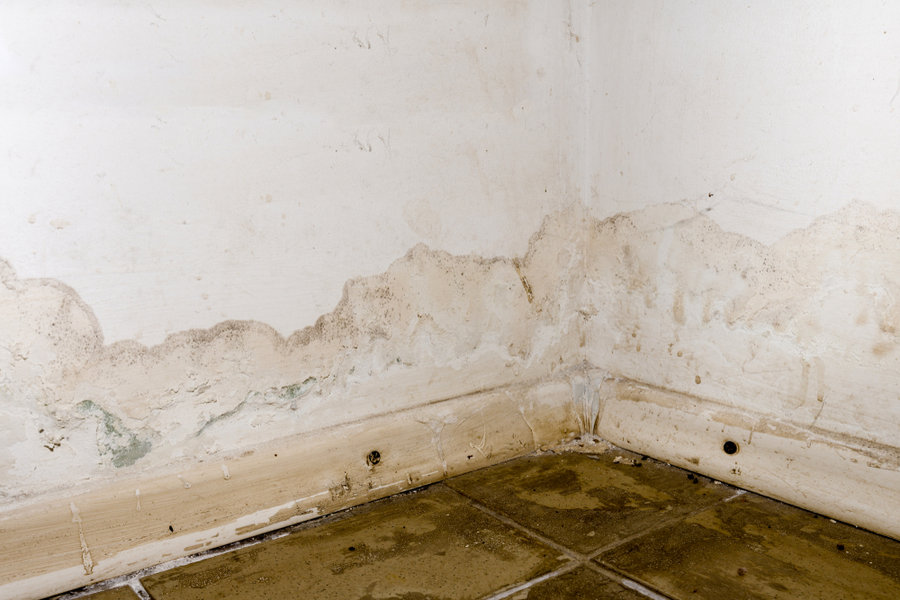
While most of the common reasons for water in the basement involve the water coming in from outside, you might also just have a leak in your house.
To check for this issue, turn all the water off in your home and then check the water meter. If it is still running, this is a sign of a leak.
For more information about finding where the leak is, see our related article here.
4. Foundation Cracks
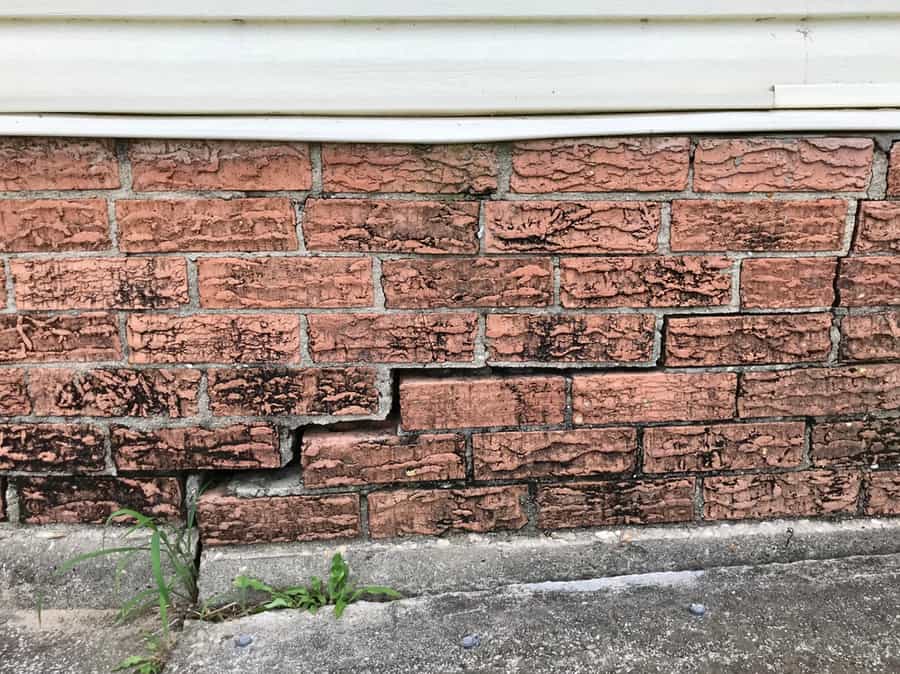
Foundation cracks are not unusual in older homes but can cause seepage and leaking. These cracks are caused by lateral pressure from the water table and may indicate that the soil around your home is very wet and has expanded.
This issue is often solved with a sump pump or french drains to move water away from the foundation. While installing a sump pump may be beyond most DIYers, a french drain is not.
After the underlying issue has been addressed, the cracks can be repaired with a basement crack repair kit (found in most hardware stores).
5. Malfunctioning Sump Pump or Drain Tile
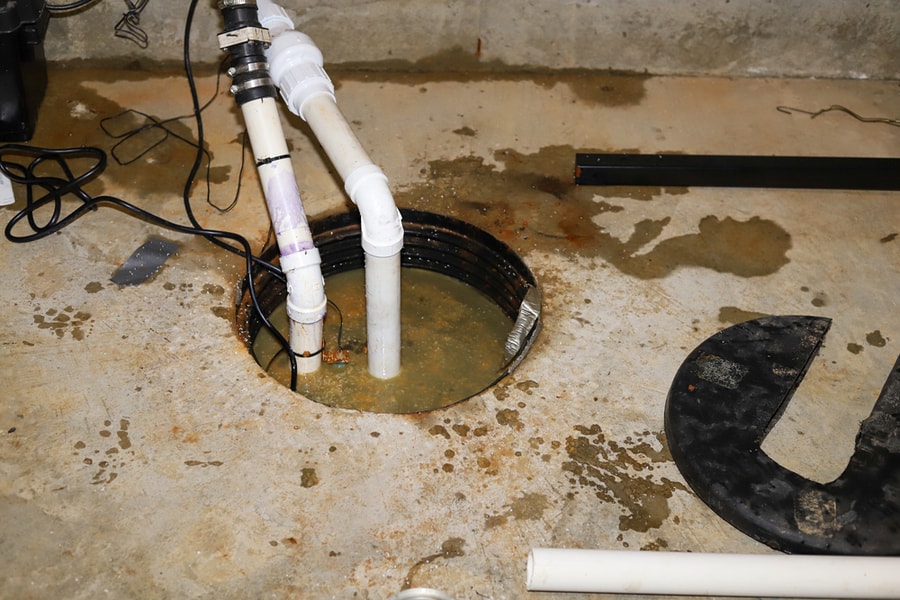
If your basement has a sump pump installed, basement seepage shouldn’t be a problem.
However, if you are still having problems when this system may need repair, the pump itself needs repair if the sump pump is overflowing. If the water is not going into the basin, then there might be a problem with the drain tile.
Either of these problems requires a call to a plumber.
Consequences of Unresolved Basement Seepage
A damp basement is a breeding ground for mold and bacteria, which can make people in the home feel unwell. Over time, this moisture will also damage the home’s foundation by causing cracks, erosion, and rot.
Takeaway
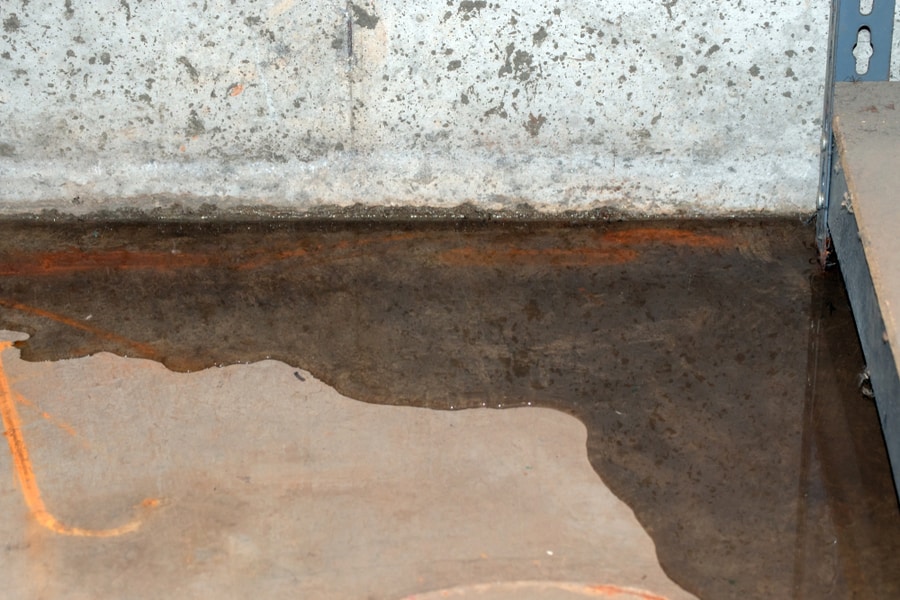
Seepage and leaking in your basement need to be addressed quickly, or you risk expensive structural damage to your home.
The most common causes can be resolved with DIY work, such as poor land grading and damaged gutters. Other more complex issues might require specialized tools, such as locating leaks under the concrete, but you can still do it yourself if you are willing.
I would highly suggest consulting a professional for the only issue on this list is problems with the sump pump, as this system can be very finicky.
Frequently Asked Questions
What Is the Difference Between Seepage and Leakage?
Seepage is when water makes its way through the porous walls and appears to form condensation on the surfaces. Leaks have an origin and tend to drip or flow like a faucet.
What Is a Sump Pump?
A sump pump is a device that moves water from your basement to the outside of your home. It is commonly installed in basements that have repeatedly flooded.
